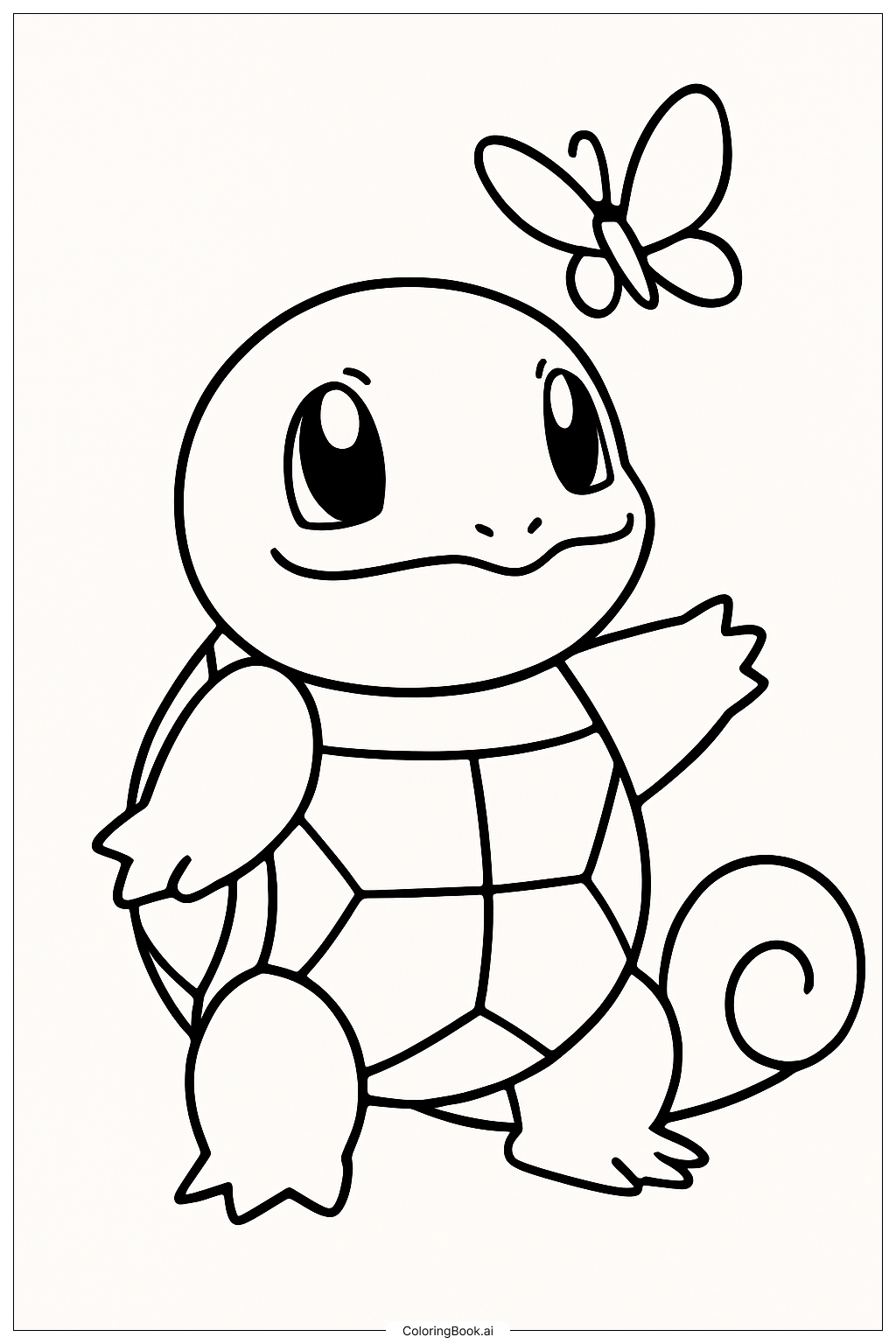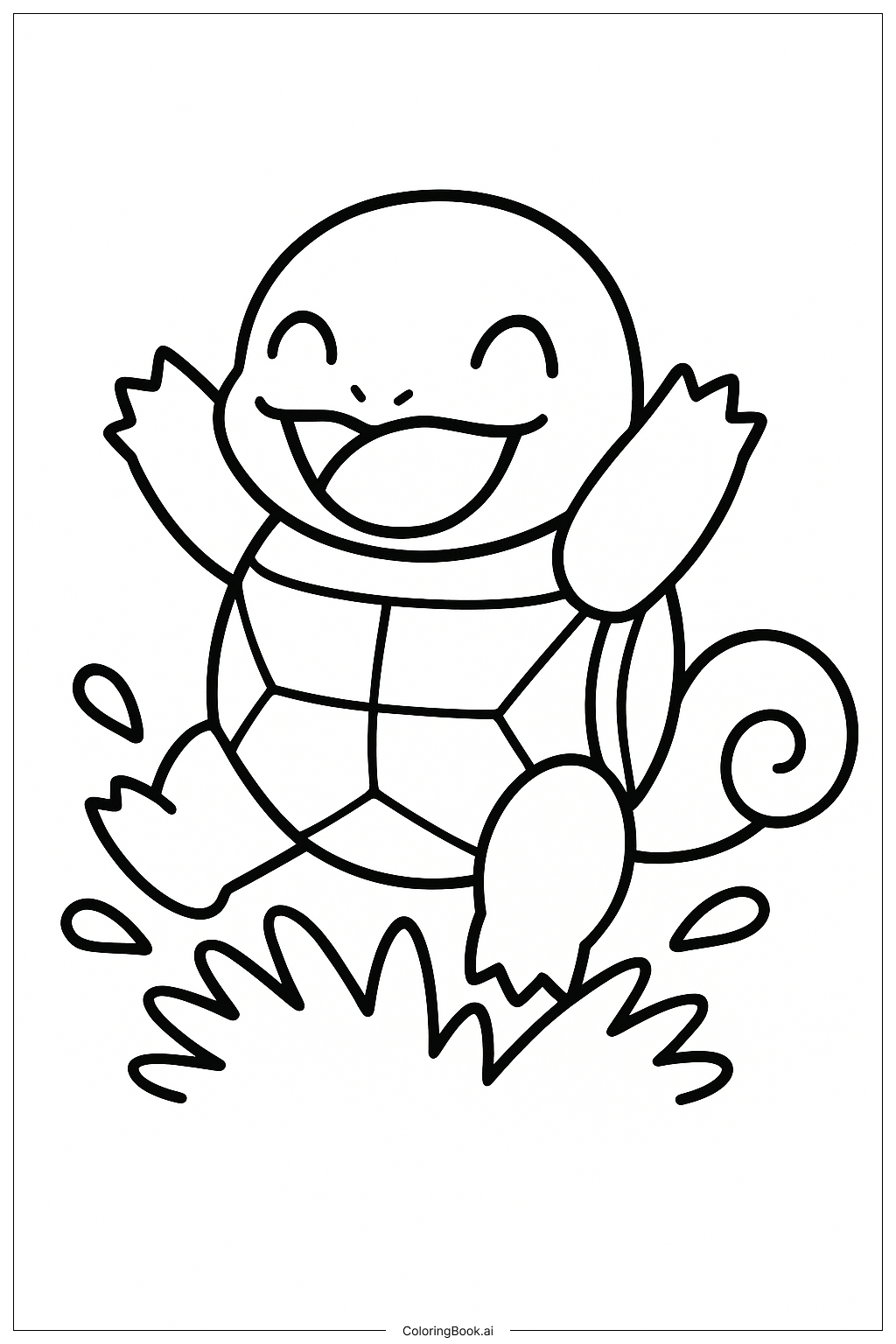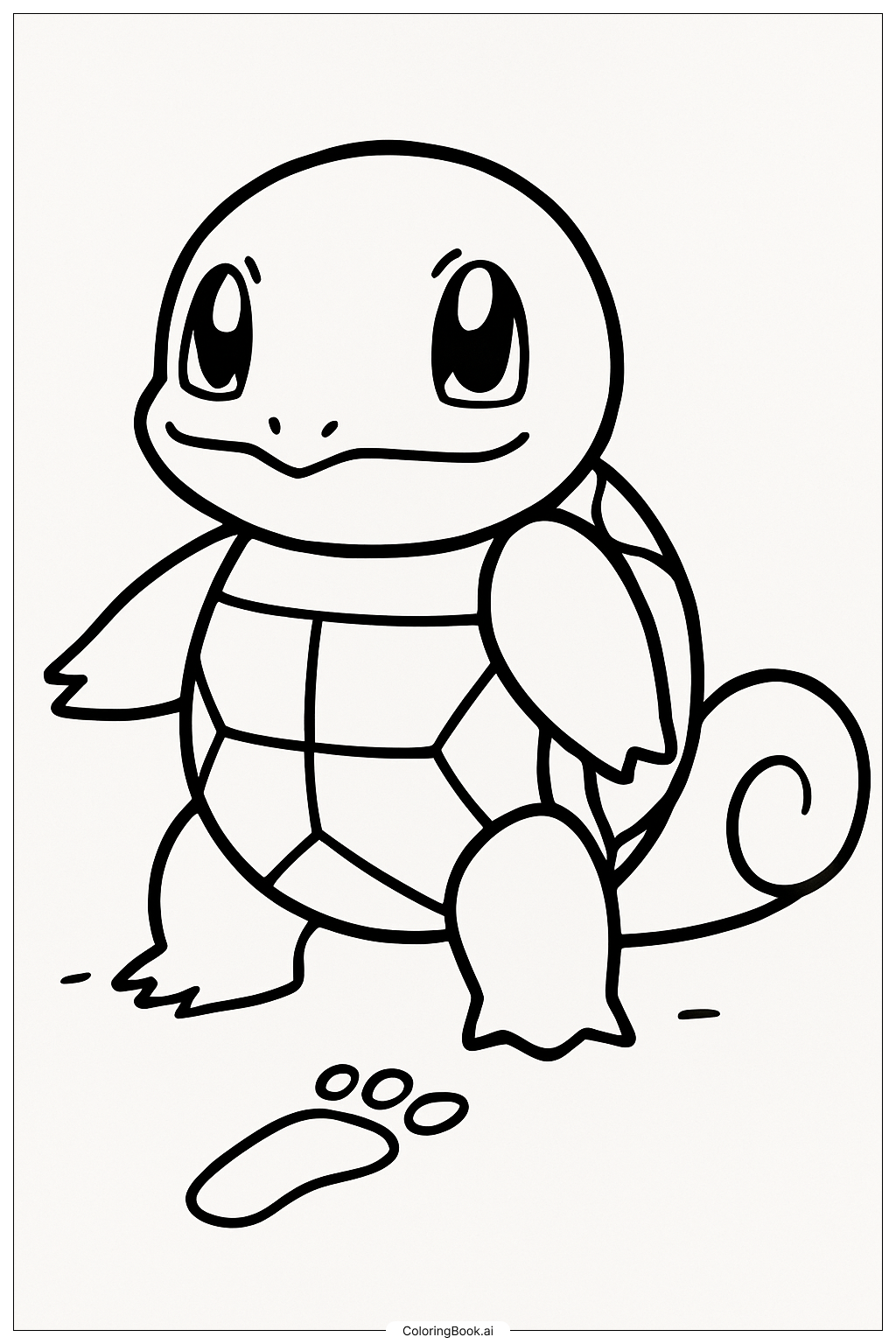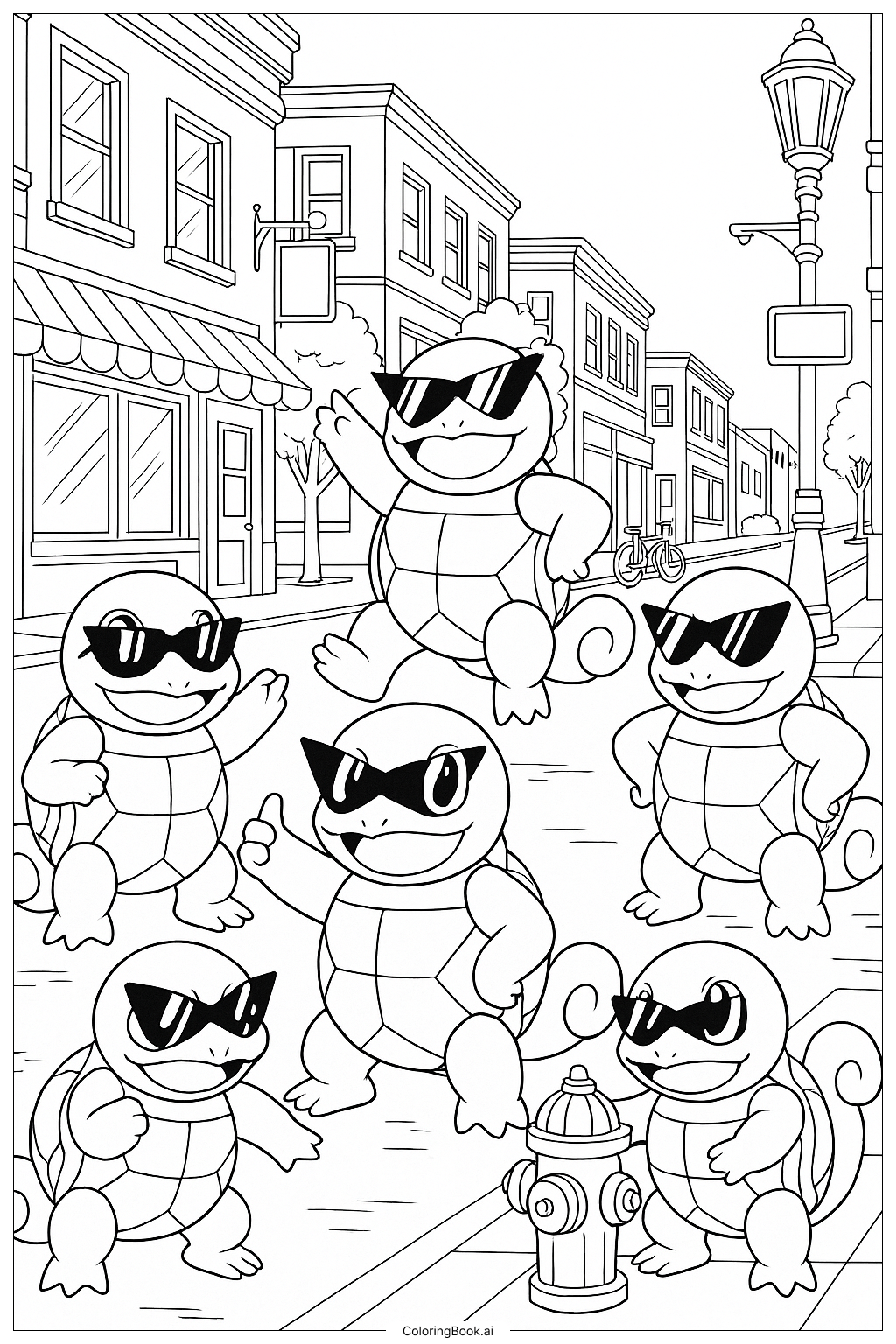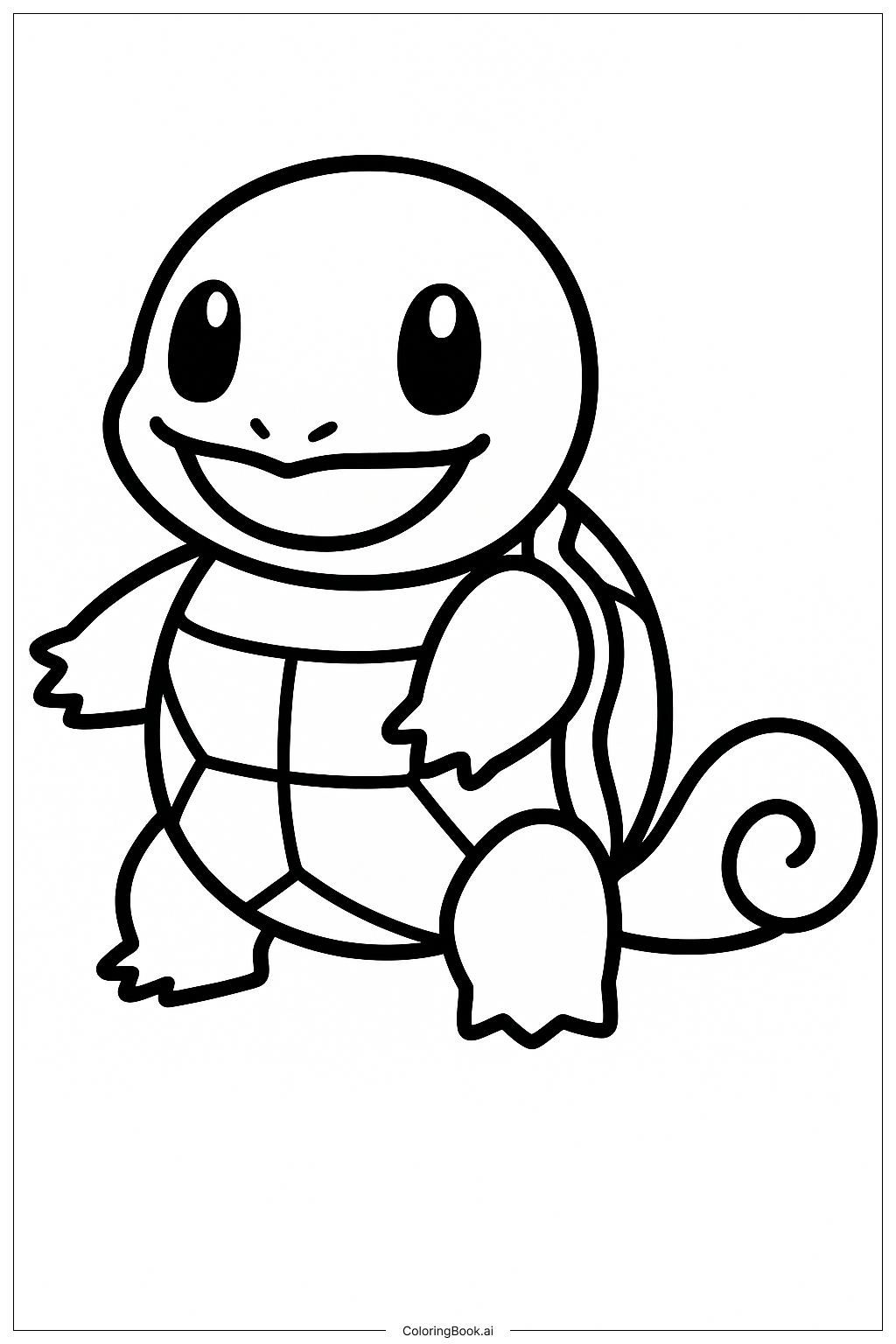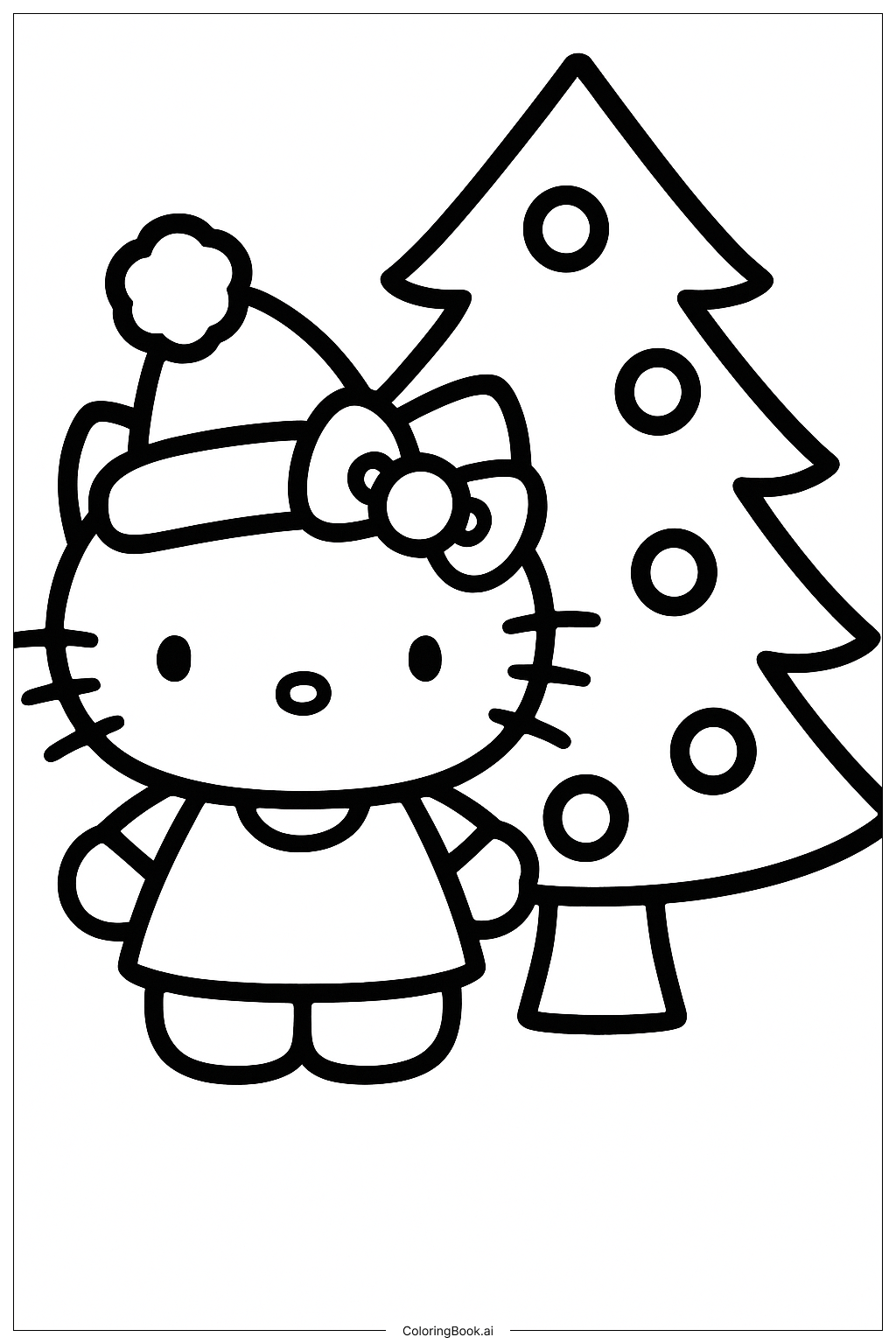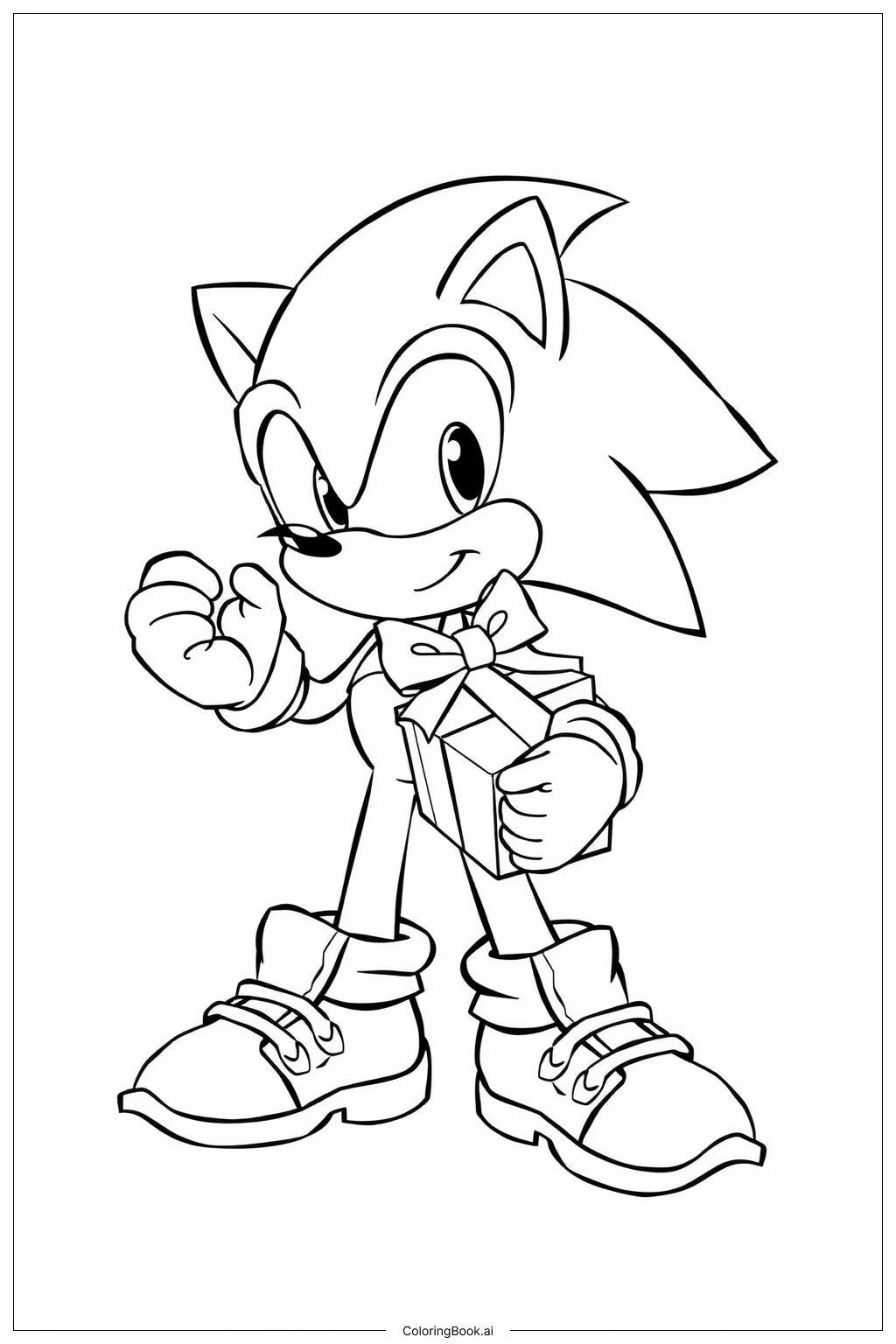Coloring tips: How to color Squirtle And A Small Butterfly coloring page well?
Use soft shades of blue for Squirtle's body to make it look bright and friendly. The shell can be colored in light brown or beige with darker brown for the shell's edges and patterns for detail. For the tail, you can use a mix of blue and light gray tones to show its spiral clearly. The butterfly offers a great chance to use colorful and bright tones like yellow, orange, or pink to add contrast to Squirtle's colors. Try to color inside the lines carefully and use lighter colors for big areas and darker colors for small details to make the picture more lively.
Coloring challenges: Which parts are difficult to color and need attention for Squirtle And A Small Butterfly coloring page?
1. Coloring the shell patterns evenly can be tricky, as the shapes are small and need careful attention to stay inside the lines. 2. Squirtle's eyes are big and shiny, so coloring them to look bright and clear without missing the highlights can be challenging. 3. The small butterfly has thin wings which need a steady hand to color without crossing the edges. 4. The tail's spiral requires neat coloring to keep the curve smooth and visible. 5. Balancing colors between Squirtle's body, shell, and the butterfly so they all stand out well might need some planning and creativity.
Benefits of coloring books: Advantages of drawing Squirtle And A Small Butterfly coloring page
Coloring this picture helps children improve their hand control and fine motor skills as they stay within the small spaces like Squirtle's shell patterns and the butterfly wings. It encourages creativity by choosing different colors for both Squirtle and the butterfly, allowing kids to experiment with color combinations. The picture also promotes focus and patience, since coloring within detailed lines takes time and concentration. Finally, it sparks imagination by showing a fun interaction between an animal and nature, making the coloring experience enjoyable and relaxing.
